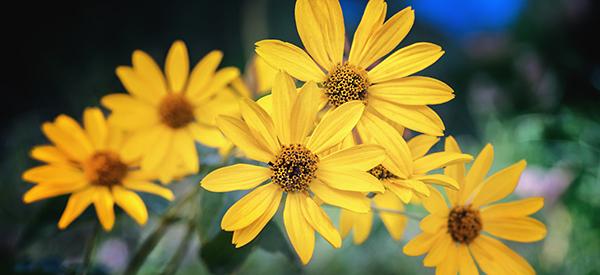
Arnica
Arnica (Arnica spp.) has been around for ages and is a plant native to North America and some parts of Northern Eurasia. This perennial has many medicinal purposes, which help in various problems such as pain, bruising, and swelling. Some studies also claimed that arnica is useful for the treatment of cancer, osteoarthritis, and diabetic neuropathy.
The History Of Arnica
The earliest recorded history of arnica is in the 16th century. The herb was a famous German folk remedy. Though there was no reference about the arnica plant and its wonders on any herbal record from the Greeks and Romans, the plant was present at the foot of the Pyrenees mountain range, particularly in the southern part.
Doctor and naturalist Pietro Andrea Mattioli wrote about arnica in his herbal book in 1558. The plant also appeared in 1625 inside Johann Jako von Bergzabern’s herbal book. He wrote about the medicinal benefits of the plants, especially on how it was used for people who hurt themselves while working.
The 18th century brought arnica to its peak. Even Johann Wolfgang von Goethe, a famed German poet, novelist, scientist, playwright, and statesman, thought of this herb very highly. He would make arnica tea for himself whenever he felt stenocardia pain brought about by his coronary sclerosis. The plant also became extremely popular that it became a subject for many dissertations. It was at this time that the use of arnica was greatly explored. Literature states that people should use the plant with care and caution.
Native Americans used to smoke arnica, which in addition to the fact that it grows at high altitudes, led to one of its many nicknames: mountain tobacco. Swiss mountain guides were said to chew its leaves while climbing and the herb was believed to prevent fatigue. Arnica is still often used in Mexican traditional medicine.
The German Commission E gave the consent to use arnica flowers externally for the treatment of injuries caused by accidents such as hematoma, contusions, dislocations, among others, in 1987.
Currently, arnica is used widely in homeopathy. It is a staple in traditional European herbalism.
Where This Plant Is Found
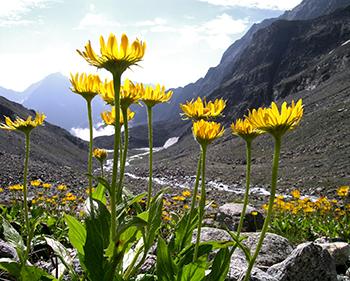 Some arnica species, A. sororia, A. fulgens, and A. cordifolia, primarily grow in North America’s northwestern mountains. It is also dominant in most areas of Europe. However, it does not grow in the British Isles, as well as in the Italian and Balkan peninsulas. The plant grows in clay soils and nutrient-poor siliceous areas such as alpine meadows. You can also find arnica in upland regions growing on nutrient-poor and uncultivated lands. Though wild arnica is rare nowadays due to extensive commercial wildcrafting, countries such as Estonia widely cultivate the herb.
Some arnica species, A. sororia, A. fulgens, and A. cordifolia, primarily grow in North America’s northwestern mountains. It is also dominant in most areas of Europe. However, it does not grow in the British Isles, as well as in the Italian and Balkan peninsulas. The plant grows in clay soils and nutrient-poor siliceous areas such as alpine meadows. You can also find arnica in upland regions growing on nutrient-poor and uncultivated lands. Though wild arnica is rare nowadays due to extensive commercial wildcrafting, countries such as Estonia widely cultivate the herb.
Related: The Complete Map of Edible Plants: Find Out What You Have in Your Area! (Video)
How To Identify Arnica
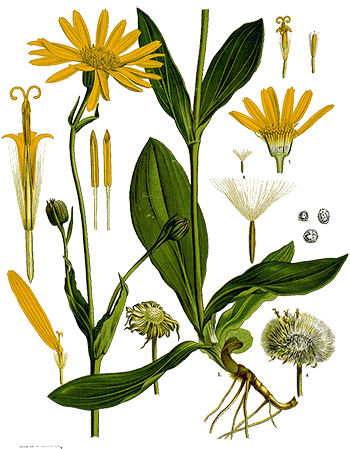 Identifying arnica is essential to ensure that you do not pick the incorrect plant while scavenging. Arnica is a perennial that grows up to 2 feet by 8 inches. The plant is a hermaphrodite, which means that it contains both female and male organs.
Identifying arnica is essential to ensure that you do not pick the incorrect plant while scavenging. Arnica is a perennial that grows up to 2 feet by 8 inches. The plant is a hermaphrodite, which means that it contains both female and male organs.
Leaf. During the plant’s first year, the leaves form a flat rosette underneath the stem. The leaves have either toothed or smoothed margins that are oppositely arranged. It also has glandular trichomes or hairs.
Flower. The arnica flower has a bright yellow hue. It opens into a star, which can look like a sunflower. The bloom usually forms from June to August depending on the variety.
Fruit. Arnica produces a small and dry one-seeded fruit. However, it does not open to release the seed. The fruits have tufty, yellowish hairs known as pappus.
Roots and Stems. Some species of arnica contain a horizontal underground stem known as a rhizome. In the plant’s second year, the stem grows up to about 50 cm. The hairy stem holds one to three leaves. It can also branch into 3 or more stems with one blossom at the end of each stem.
Related: Plant Identification Guide – 400 Wild Plants That You Can Forage For (Video)
Common Varieties Of Arnica
- Mountain Arnica (Arnica montana): This type of arnica is considered the most common among all varieties. It is also the most used for medicinal and homeopathic remedies because of its high potency.
 Heartleaf Arnica (Arnica cordifolia) is most common in the western parts of North America. It is called heartleaf because of the heart-shaped notch located at the base of the leaves. This variety may grow from 6 to 24 inches tall.
Heartleaf Arnica (Arnica cordifolia) is most common in the western parts of North America. It is called heartleaf because of the heart-shaped notch located at the base of the leaves. This variety may grow from 6 to 24 inches tall.- Broadleaf Arnica (Arnica latifolia): Broad leaves are the distinct characteristic of this arnica variety. A. latifolia blooms in spring and can reach a height of 4 to 20 inches tall.
- Twin Arnica (Arnica sororia): Twin arnica is a native of Western North America. This plant prefers partly shaded areas. Thus, it thrives better when it is close to larger plants. It blooms in early summer and can reach as much as 24 inches in height.
- Chamisso Arnica (Arnica chamissonis): Often used as a substitute for A. Montana, this variety produces bright yellow petals from April to September. Chamisso arnica also takes pride in its bright green leaves that are usually more aesthetically pleasing than other varieties.
- Foothill Arnica (Arnica fulgens) needs moderate amounts of water and part shade to grow. It blossoms in April and may only grow up to 36 inches tall.
- Nodding Arnica (Arnica parryi) The distinct flowers of A. parryi contain disc florets and blooms from June to September. It is called nodding arnica because the head bows downward as if it is nodding.
How To Grow Arnica
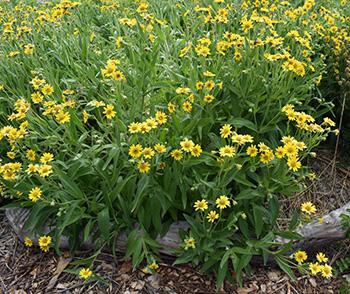 Arnica is very easy to grow since it is not a finicky plant. Arnica loves acidic soil with around 5.5 to 7.3 pH levels. The habitat that this plant prefers does not contain lime and should be uncultivated and unfertilized. The best way to grow arnica is by using the standard flower seed propagation method.
Arnica is very easy to grow since it is not a finicky plant. Arnica loves acidic soil with around 5.5 to 7.3 pH levels. The habitat that this plant prefers does not contain lime and should be uncultivated and unfertilized. The best way to grow arnica is by using the standard flower seed propagation method.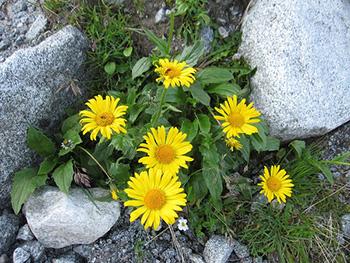
To do this, choose a light seeding mix that does not contain lime. It can be sand, peat moss (or coir), and forest loam. Put the seeds into the soil surface and cover lightly. You should keep the soil gently moist until the seeds start to germinate in about a month or so.
The seeds should be planted at least an inch apart.
The seeds will be small and slow to grow. Thin the damaged seedlings accordingly while they are developing so that you can adjust the distance to 10-12 inches apart. You can transfer them in individual pots once they are big enough to handle.
Arnica likes the sun, but should also be moved under a shade in the afternoon in areas with warm climates.
Related: 10 Plants That You Should Never Plant Together (Video)
How To Harvest Arnica
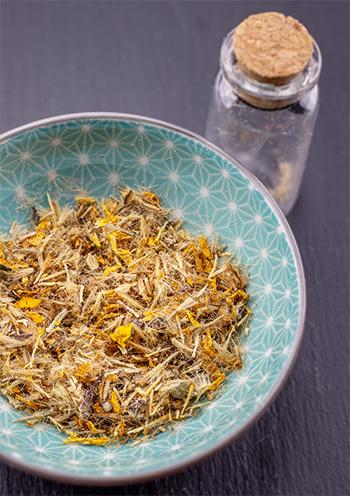 You can harvest arnica throughout its flowering season. Pick fully open flowers. The best time to harvest is after the morning dew evaporates on a sunny day. Arnica blossoms have a short lifespan. That is why you need to dry them at the soonest possible time. If not, the blossoms turn into seed bombs in less than 24 hours.
You can harvest arnica throughout its flowering season. Pick fully open flowers. The best time to harvest is after the morning dew evaporates on a sunny day. Arnica blossoms have a short lifespan. That is why you need to dry them at the soonest possible time. If not, the blossoms turn into seed bombs in less than 24 hours.
To dry arnica flowers, put them on a dry screen and place them in a well-ventilated and bright place. Do not place them directly under the sun. The ideal room temperature for drying arnica is at least 70°F or 21.1°C. Dry the blooms until they are crisp enough.
As soon as the blossoms are fully dried, store them in a dark glass container. Cover with an airtight lid. Label with the name of the herb, and the respective date of harvest and drying. The dried arnica herbs will reserve their medicinal potency for 1 ½ year if processed and stored properly.
What Arnica Is Good For And Natural Remedies Made From It
Arnica has many uses in folk and homeopathic medicine. The plant is most commonly used for the treatment of boils, bruises, acne, and rashes. It is also deemed effective as a remedy for sprains and pains associated with osteoarthritis.
Limited scientific evidence shows that it may be helpful in the treatment of several medical conditions such as cancer, post-shingles neuralgia, diabetic neuropathy, and even post-surgical pain.
Related: Similar to Morphine: The Best Natural Painkiller that Grows in Your Backyard (Video)
What Parts Of Plants Are Used For Remedies
Most arnica formulations make use of arnica flowers in the preparation. Arnica oils, salves, creams, topical ointments, and other preparations use the flowers to add the medicinal properties of arnica to the formula. Sometimes, dark brown cylindrical rhizomes are also used.
Arnica Salve
Ingredients:
- 10 g dried arnica flower
- Carrier oil
- Beeswax pastilles
- Lavender essential oil
- 2 oz salve tin
Steps:
Arnica Oil
- Start with making arnica oil. Infuse arnica using a double boiler. Put the arnica flower in the double boiler and add enough carrier oil to submerge the flowers. The oil should cover the herbs at least an inch or two. Heat the herbs using low heat for 1 to 8 hours. The longer it is heated, the more potent the oil becomes.

- Remove the double boiler from heat and allow it to cool. Strain and transfer the oil to a sterilized glass jar. Make sure to label the bottle properly with the name of the herb and the date of preparation. The oil, in itself, can be stored for up to 6 months in a cool, dry, and dark place.

Related: Add This “Unusual Nutrient” to Coffee or Tea, to Effortlessly and Fully Empty Your Bowels Every Single Morning (Learn More)
Arnica Salve
- Once you have the oil ready, you can start making your own arnica salve. To do this, add 3 ½ tbsp of arnica oil and 2 tsp of beeswax in a double boiler on low heat. Wait until the beeswax melts.

- Remove from heat and let it cool for a few minutes. Add a few drops of lavender essential oil and mix well.

- Transfer the mixture to a 2 oz. tin can and set aside until it solidifies. Label the container with the name and the date.

How To Use The Remedy
Arnica oil can be applied 2 to 4 times a day to the affected area. Mostly, it is used to lessen bruising after an injury. It can also be used as a massage oil to help with muscle soreness and tightness. To relieve menstrual pain and discomfort, rub the oil in the abdomen. However, you need to check for allergies. Before using arnica oil, do a skin test by putting a small amount of oil in an area of your arm. Wait for a couple of hours and check for any possible allergic reaction. Do not use it if you notice something unordinary after the skin test.
Generally, arnica salve mostly has the same uses as arnica oil. People opt to use arnica salve instead of oil because the preparation is less messy to use. You can still apply arnica salve to the sore muscle, but it will be difficult to use as massage oil considering the consistency and texture of a salve.
The All-Purpose (First Aid) Salve available in the Apothecary is truly an all-around wonder! With antibacterial, anti-fungal, and anti-inflammatory properties, it’s the perfect remedy for cuts, first degree burns, bruises, and rashes. I also rub a small amount of the salve on the inside of my nose to help prevent picking up the latest bug making the rounds. What’s more, it assists in reducing pain and stopping minor bleeding. Additionally, the salve soothes and heals painful cracked hands, feet, and lips.
What Plants Resemble Arnica
| Feature | Arnica (Arnica montana) | Wedelia (Sphagneticola trilobata) |
|---|---|---|
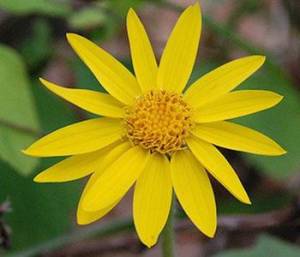 | 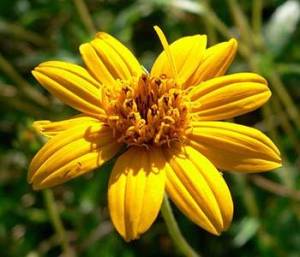 |
|
| Size | Height: 4 to 28 inches Width: 8 inches | Height: 18 to 24 inches Width: no limit |
| Leaves | Basal bright green-colored ovate leaves with round tips; thick and hairy | Fleshy leaves; 2 to 4 inches in length; 1 to 5 inches in width; irregularly toothed margins |
| Flowers | Single yellow/orange flower about 2 inches; contains 10-15 florets | Small, yellow, daisy-like flowers |
| Stem | Long stems of about 20-50 cm; stem holds opposite leaves | Trailing vines with hairy stems that hold the flowers |
| Scent | Distinctive pine-sage odor when leaves are bruised or rubbed |
Warnings And Cautions
Arnica should never be taken by mouth unless in homeopathic doses. Arnica taken in small amounts in food may be safe. However, due to some possible negative effects, taking arnica internally is mostly prohibited since it is considered a poisonous plant. Ingestion of arnica may result in vomiting, heart issues, bleeding, organ failure, coma, and even death.
Do not use arnica on broken skin so that it won’t be absorbed into the body.
Pregnant and breastfeeding women should refrain from using arnica either by mouth or topical use.
Arnica may also cause allergic reactions. Hence, people who have known sensitivities to plants such as ragweed, daisies, chrysanthemums, and marigolds should not use arnica.
People who are scheduled for surgery should stop using arnica at least 2 weeks before the surgery since the plant may cause severe bleeding. Arnica can slow blood clotting. Do not use arnica when you are taking medications that slow down blood clotting like aspirin, warfarin, and ibuprofen, among others.
Before using arnica, make sure to talk with a registered health professional first.
You may also like:
DIY Arnica Salve For Age Spots
Ancient Japanese Tonic Melts 54 LBS Of Fat (Video)
7 Natural Remedies for Fibromyalgia Pain

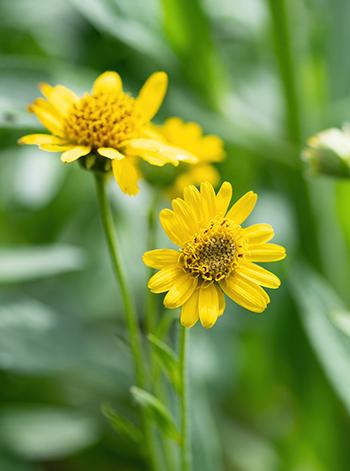 Heartleaf Arnica (Arnica cordifolia) is most common in the western parts of North America. It is called heartleaf because of the heart-shaped notch located at the base of the leaves. This variety may grow from 6 to 24 inches tall.
Heartleaf Arnica (Arnica cordifolia) is most common in the western parts of North America. It is called heartleaf because of the heart-shaped notch located at the base of the leaves. This variety may grow from 6 to 24 inches tall.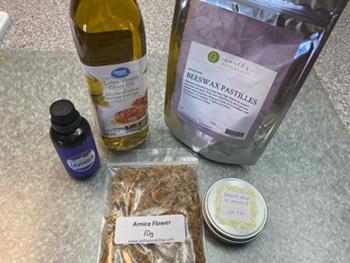
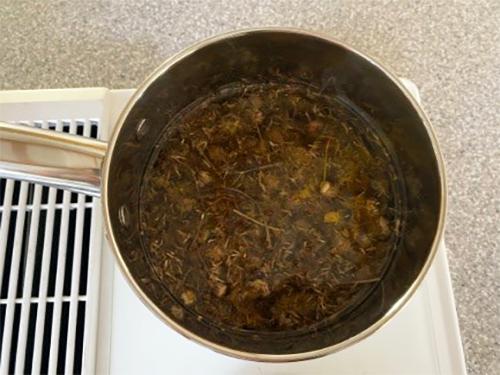
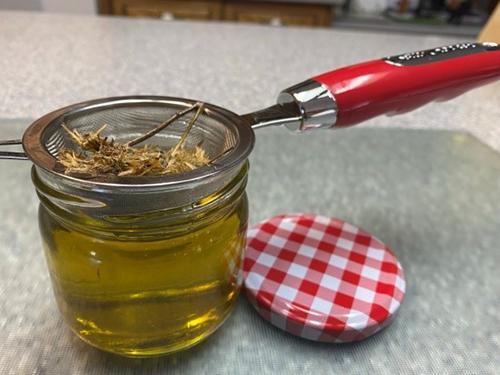
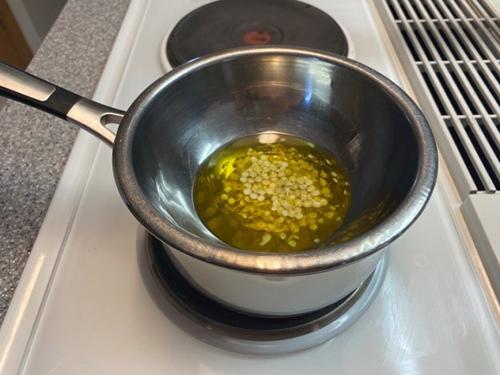
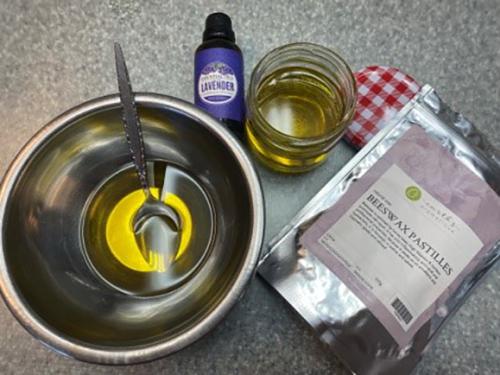
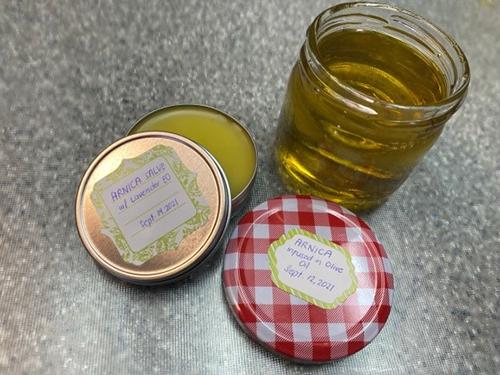
Thank you!
God bless homeopathic Arnica montana! I am so glad to have this treasure.
Nice information provided thank you!!
Thank you what a great blessing to the world 🌍 water is Life 🌟 knowledge ah’o blessings Mitakuye OYASIN prayers up for all living things 🌟
Fabulous information. Thank you. Very clear and explicit. Nice to get the full scoop as I use arnica for pain. Can’t wait to try to make this salve.
Arnica is one of the ingredients in making Trauma Oil. I had to make Arnica oil myself.
What’s in trauma oil?? I want to make it too. 🙂